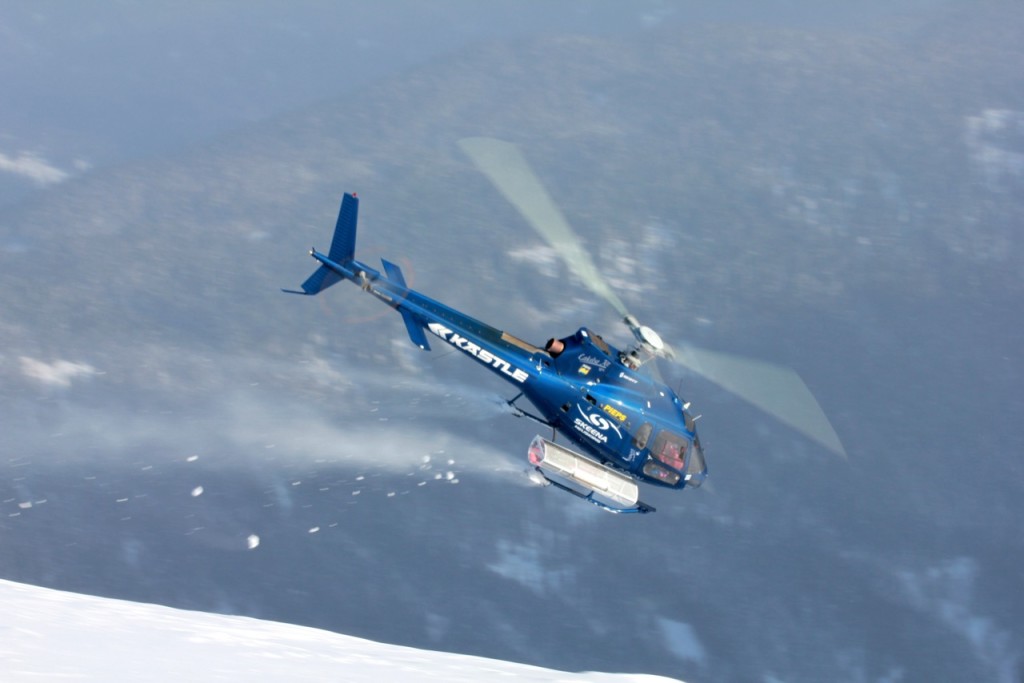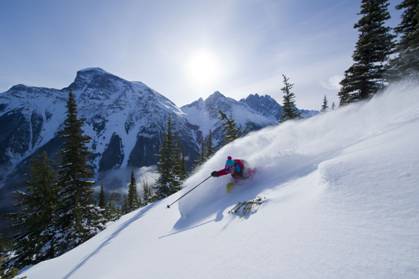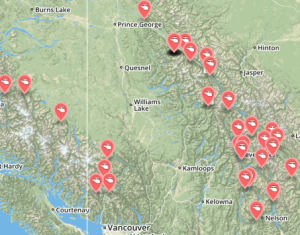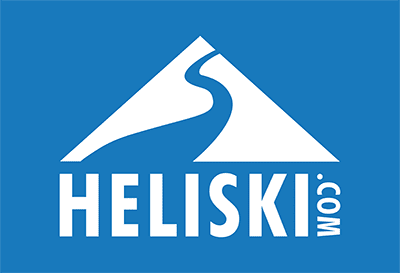RK Heliski Interview with Panorama Heli Skiing Operator
RK Heliski is one of the pioneers of heliskiing, including an affiliation with Hans Gmoser and CMH / Canadian Mountain Holidays. For 46 years RK Heliski has offered heliskiing in the Purcells from the Panorama Resort.
This past season was challenging. But working with RK, we were able to rescue some clients by sending them to RK, where the conditions were excellent. One client wrote, “You are a genius!!! Thank you so much it was perfect!!!!!!” So, thanks to RK Heliski for making us look good!
We had a chance to talk with Graham Holt, GM of RK Heliski. I hope you enjoy it.
Should your slogan be “Altitude is Everything”? (It is now, after I suggested it!)
Love that, TJ!
Heliskiing the Purcells for 46 years?! You came right on the heels of CMH. How did you pick your terrain/tenure?
The initial operation was owned and operated as CMH Radium which ran for a year in the front ranges of the Purcells. During the same time Roger Madson (RK) was pioneering fixed wing skiing via a Platus Porter aircraft on the NorthStar and Catamount Glaciers. After a few challenging landings, and requiring a rescue for a maintenance issue of the plane in the backcountry, RK had heard of Hans Gmoser utilizing a helicopter further up valley and enlisted his services. From that day forward Roger Madson entered into an arrangement with Hans and moved operations adjacent to the Panorama Ski Area where the real snowbelt could be accessed. Over the years, the further West in our tenure you go the deeper the snowpack. Overtime the tenure has grown to 1500 sq/km. Altitude is everything, and 45 yrs later we have pioneered our entire ski/snowboard tenure and know it intimitley.
Describe the RK Heliski terrain in the Purcell Mountains, please.
Alpine glaciated terrain 3400m-2600m, Treeline terrain 2600m-2200m, below tree line terrain 2500m-1500m. Average length of run approx. 800m. Good stability and clear skies we can access runs that average 1000m with the longest runs being 1500m. Treeline terrain is a mixture of wide open bowls with very sparse trees at lower elevations, adventure terrain, with a mixture of boulders, morainal features. Below tree line skiing is open maintained runs. Steeper tree skiing can be 45 degrees. During poor weather or stability we have numerous safe runs to handle all levels of experience.
RK Heliski offers a wide variety of packages. Please give our readers a summary.
RK offers daily packages starting at a 3 run or a 5 run package for those looking for a single powder adventure. Guests also have the option to ski extra runs and can be decided on the day they are skiing. We gear our 3 run packages to first time/intermediate heli skiers and our 5 runs toward more advance to expert skiers.
We also provide a number of private packages ranging from a Powder Private which includes 5 runs. This package allows you up to 7 skiers and the exclusivity of your own group. Whether your group prefers to ski at a mellow place or ski at a fast and aggressive pace this option is for you. Our Elite and Platinum packages are based on 1.5 hrs. of flying time so for those that really love to ski and want to experience the Purcell Mountains on their own terms this is for them. These packages include a private breakfast in the morning as well as have exclusive use of the Bell 204 helicopter. Our Platinum package includes an extra ACMG ski guide.
All our packages include breakfast in the morning, lunch out in the field, ski’s/poles and/or snowboard, guest pack containing shovel, probe and radio as well as your transceiver and holster. We provide full training on the use of this equipment. All our packages can be transformed to multi-days as well.
I think HELISKI.com clients appreciate the Private Platinum package.
How much vertical can they expect with 1.5 hours of flight time?
9000-10000m
What is the mix of day heliskiers and multi-day/private?
50% day skiers and 30% multi-day, 20% exclusive privates
RK Heliski, like most resort-based operators, does not have a lodge. How do multi-day clients find lodging?
RK Heliski can provide a wide range accommodation found on our website that meets the needs of all ranges of budgets. Being based at Panorama Mountain Resort we have a variety of accommodation to suit every guests needs and budget from hotel rooms, condo units, townhomes and private chalets.
Why do you recommend the Cranbrook airport.
1hr 45min drive by vehicle to arrive at our base operations the Heli Plex. Calgary is 3.5hrs away. After a long flight this proximity is what we recommend. For those clients that want to heliski and explore other ski destinations a stop over from Calgary in Banff is also a must do.
Why do RK Heliski Private packages use a Bell 204 Plus?
The 204 plus is a Bell 204 with a 205 engine, lot’s of power and fuel efficiency at altitude. A lot of space to stretch out between runs, easier access entering and exiting the aircraft when compared to light machines.
Tell us about the Banff and Lake Louise options.
World class accommodation at the Fairmont hotels in Banff and Lake Louise. These two gems are the basis behind Banff National Park being established when considering Western Canadian being accessible from the building of the historic Canadian Pacific Railway in 1888. A wide range of chalets, private homes, quaint mountain accommodation.
Thanks, Graham!
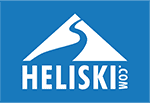

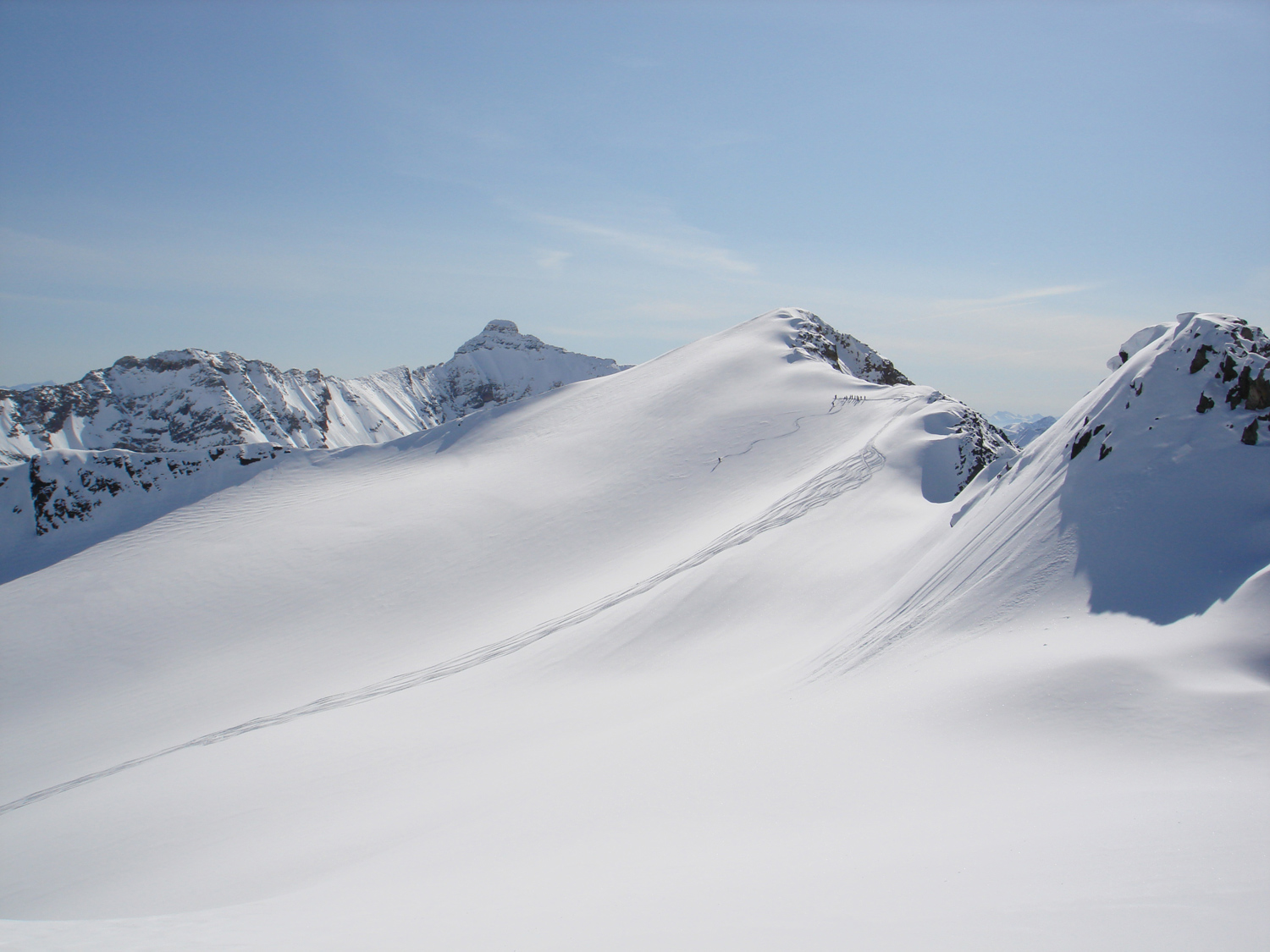



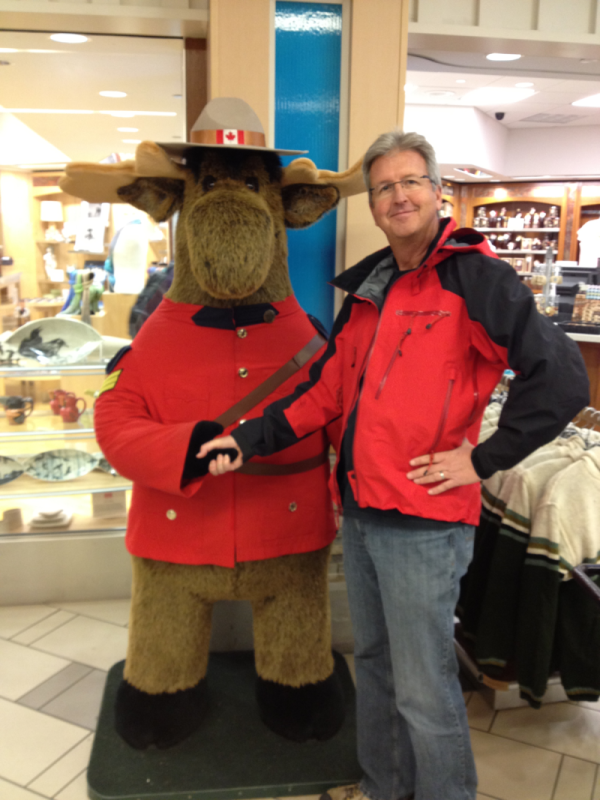 Evidence that getting stuck in an airport for two days can make you go stir crazy…
Evidence that getting stuck in an airport for two days can make you go stir crazy…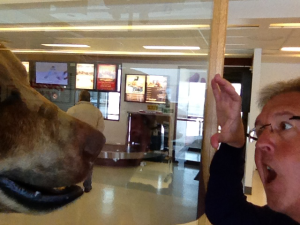
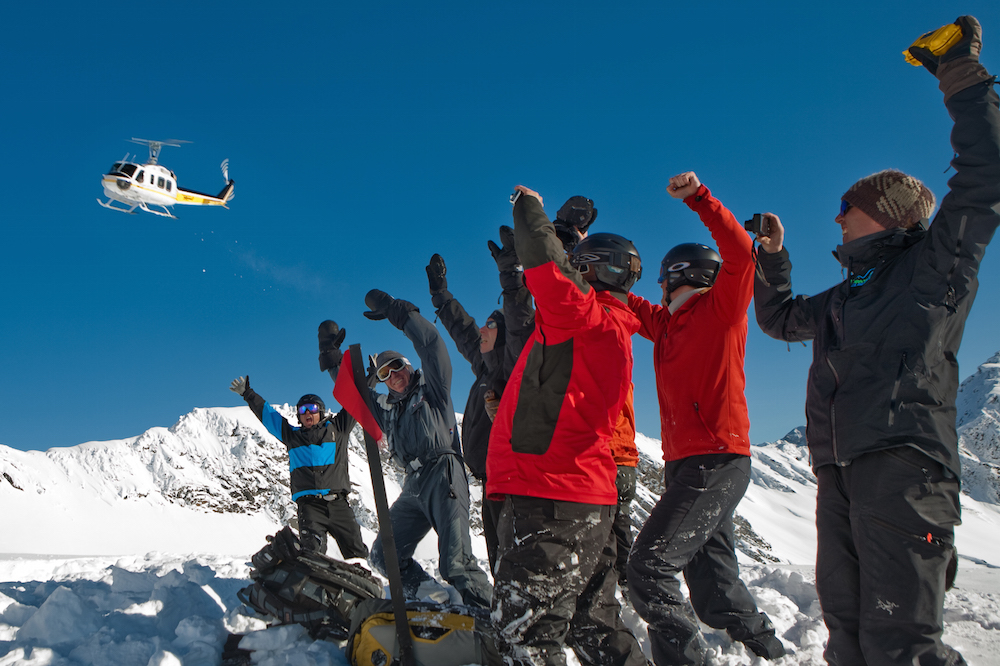 Hey, Pick Us Up!!!
Hey, Pick Us Up!!!